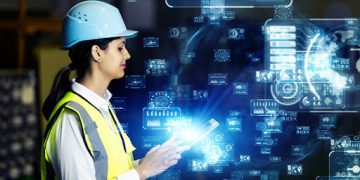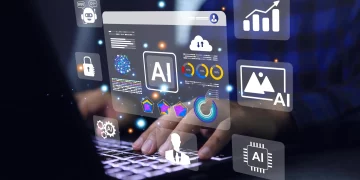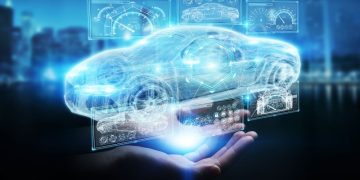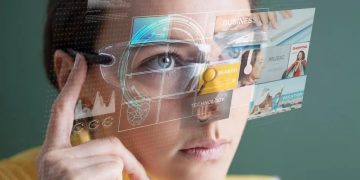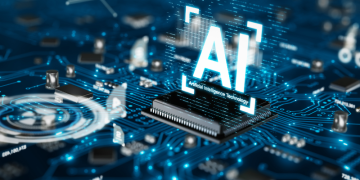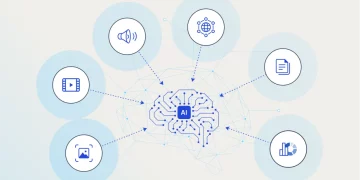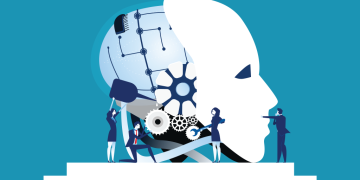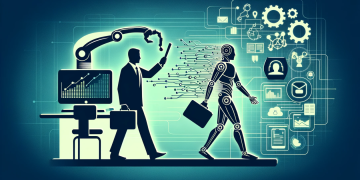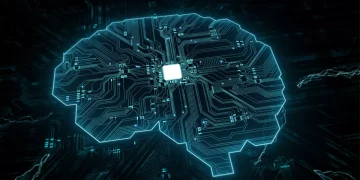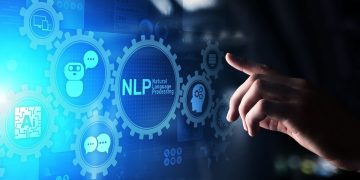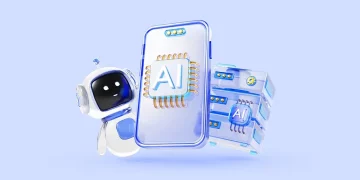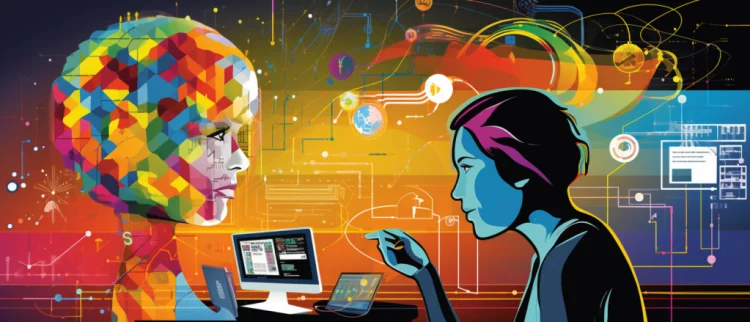Artificial Intelligence (AI) continues to evolve at a rapid pace, and its emerging technologies are poised to bring significant changes to the global business ecosystem in the coming years. From revolutionary machine learning algorithms to transformative natural language processing (NLP) systems, the impact of these advancements is already being felt across multiple sectors. In this article, we explore the most promising AI technologies and their potential to disrupt industries, create new business opportunities, and redefine how organizations operate in the near future.
1. Advanced Natural Language Processing (NLP) and Conversational AI
1.1 What Is NLP?
Natural Language Processing (NLP) involves the use of AI to understand, interpret, and generate human language. Recent breakthroughs in NLP, particularly with the introduction of advanced language models like OpenAI’s GPT-4, Google’s BERT, and other transformer models, have dramatically improved the ability of machines to process text and speech in a manner closer to human-like understanding.
1.2 NLP’s Impact on Business
In the next few years, NLP will likely revolutionize customer service, marketing, and content creation. Chatbots and virtual assistants, powered by conversational AI, will become even more sophisticated, offering personalized and seamless communication across digital platforms. These systems will automate customer interactions, provide real-time support, and even assist in sales by generating personalized product recommendations.
In marketing, AI-driven content generation will enable businesses to create tailored advertisements, blog posts, and social media content at scale, reducing human effort and improving ROI. NLP will also play a crucial role in sentiment analysis, enabling businesses to understand customer feedback and make data-driven decisions to improve customer satisfaction.
1.3 Key Use Cases:
- Customer Service Automation: Enhanced chatbots will provide personalized experiences for customers in real-time, handling everything from technical support to pre-sales inquiries.
- Content Creation: AI can generate blog posts, product descriptions, and social media updates tailored to specific target audiences.
- Sentiment Analysis: AI will analyze customer feedback from various channels (e.g., surveys, social media, and reviews) to understand public perception and improve products/services.
2. Federated Learning and Privacy-Preserving AI
2.1 What Is Federated Learning?
Federated learning is a decentralized machine learning technique that allows data to remain on its original device while still enabling the model to be trained across various datasets. This approach solves some of the most pressing privacy concerns related to AI, as sensitive data doesn’t need to be transferred to a central server.
2.2 Federated Learning’s Impact on Business
As businesses increasingly rely on data-driven insights, privacy concerns are becoming more significant. Federated learning allows companies to train machine learning models on data collected from distributed devices (such as smartphones and IoT devices) without compromising user privacy. This technology will be especially crucial in industries like healthcare, finance, and retail, where sensitive data is involved.
For example, in the healthcare sector, federated learning can enable hospitals and medical institutions to collaborate on building AI models without sharing sensitive patient data, thus maintaining strict compliance with privacy regulations like GDPR and HIPAA.
2.3 Key Use Cases:
- Healthcare: AI models can be trained across medical institutions without sharing patient data, ensuring compliance with privacy laws.
- Finance: Banks and financial institutions can train fraud detection models on distributed customer data while keeping that data secure and private.
- Retail: Federated learning allows retailers to analyze customer purchasing patterns and personalize experiences without compromising customer privacy.
3. Edge AI and Internet of Things (IoT)
3.1 What Is Edge AI?
Edge AI refers to the deployment of AI algorithms directly on devices (such as sensors, smartphones, and IoT devices) rather than relying on cloud-based processing. By processing data locally, edge AI minimizes latency, reduces bandwidth usage, and enhances real-time decision-making.
3.2 Edge AI’s Impact on Business
The fusion of AI with the Internet of Things (IoT) is set to revolutionize industries like manufacturing, logistics, healthcare, and agriculture. In manufacturing, AI-powered sensors can monitor equipment health in real-time, enabling predictive maintenance and minimizing downtime. In agriculture, edge AI can optimize irrigation and crop management by analyzing soil conditions on-site.
In smart cities, edge AI can be deployed to optimize traffic flow, reduce energy consumption, and improve safety by processing real-time data from sensors embedded in roads, vehicles, and buildings. Edge AI will allow businesses to operate more efficiently, reduce costs, and make decisions faster by leveraging data collected at the point of action.
3.3 Key Use Cases:
- Manufacturing: Predictive maintenance and real-time monitoring of production lines to optimize performance and reduce operational disruptions.
- Healthcare: Real-time monitoring of patients through wearable devices that send processed data to medical professionals for immediate action.
- Smart Cities: Intelligent traffic management systems that dynamically adjust signal timings based on traffic flow to reduce congestion.
4. AI-Driven Robotics and Automation
4.1 What Are AI-Driven Robots?
AI-driven robotics is the integration of machine learning, computer vision, and reinforcement learning into physical robots, allowing them to carry out complex tasks in dynamic environments. These robots can learn from experience, make real-time decisions, and improve their performance over time.
4.2 AI-Driven Robotics’ Impact on Business
Automation powered by AI-driven robots is poised to transform industries such as manufacturing, logistics, retail, and even healthcare. In manufacturing, robots will handle repetitive tasks like assembly, packaging, and inspection with greater precision and efficiency. In logistics, autonomous delivery drones and robots will optimize the last-mile delivery process, cutting costs and improving delivery speeds.
AI-powered robots will also be deployed in healthcare for surgeries, rehabilitation, and elderly care. The rise of autonomous robots is expected to drastically reduce labor costs, improve safety, and increase productivity across various sectors.
4.3 Key Use Cases:
- Manufacturing: Collaborative robots (cobots) working alongside humans to perform complex assembly tasks with greater precision.
- Logistics: Autonomous delivery vehicles and drones enhancing the speed and efficiency of package deliveries.
- Healthcare: AI-powered robots assisting in surgeries, rehabilitation, and elderly care to reduce human error and improve patient outcomes.
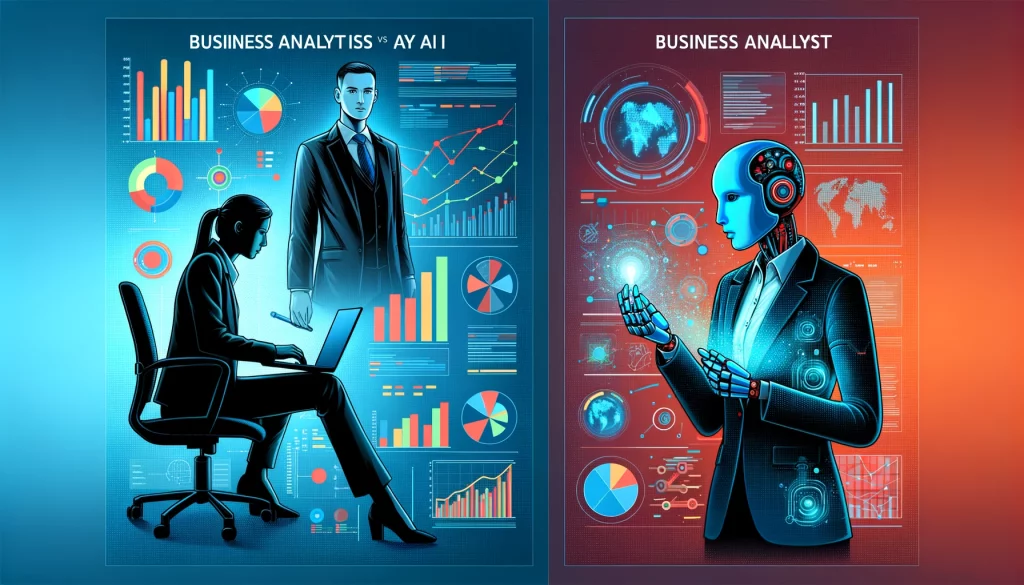
5. AI-Enhanced Cybersecurity
5.1 What Is AI in Cybersecurity?
AI is increasingly being integrated into cybersecurity systems to detect and respond to threats in real-time. Machine learning algorithms can analyze network traffic, identify unusual patterns, and predict potential security breaches before they occur. AI can also automate responses to cyber threats, reducing the time it takes to mitigate risks.
5.2 AI’s Impact on Business Security
With the growing sophistication of cyberattacks, AI-powered cybersecurity systems will become critical for businesses to protect sensitive data and infrastructure. AI will enable faster detection of cyber threats, such as phishing attacks, malware, and ransomware, by identifying anomalies that would be impossible for human analysts to detect.
Moreover, AI will enable businesses to implement self-healing systems that automatically respond to threats, thus minimizing the impact of security breaches. In the coming years, AI will be at the forefront of cybersecurity strategies for businesses of all sizes, providing a proactive approach to threat management.
5.3 Key Use Cases:
- Fraud Detection: AI systems detecting fraudulent transactions in real-time by identifying patterns in user behavior.
- Threat Detection: AI-powered systems that can automatically flag malicious activity on networks and in digital environments.
- Incident Response Automation: AI systems autonomously responding to and neutralizing cyber threats without human intervention.
6. AI-Driven Personalization and Predictive Analytics
6.1 What Is Predictive Analytics?
Predictive analytics uses AI and machine learning to analyze historical data and make predictions about future events. In a business context, this could include forecasting customer demand, predicting stock market trends, or even identifying potential operational inefficiencies.
6.2 Predictive Analytics’ Impact on Business
AI-driven predictive analytics will enable businesses to optimize operations and make data-driven decisions that were previously not possible. In retail, AI will forecast trends, predict customer preferences, and optimize inventory management. In marketing, AI will personalize offers and recommendations based on customer behavior and preferences, driving customer loyalty and sales.
In finance, predictive models will help firms forecast market movements, optimize investment strategies, and minimize risks. By leveraging AI to make accurate predictions, businesses can improve efficiency, reduce costs, and create a more personalized experience for customers.
6.3 Key Use Cases:
- Retail: Personalized recommendations and inventory optimization based on predictive models of consumer behavior.
- Finance: AI-driven investment strategies and risk management by analyzing market trends and forecasting future movements.
- Customer Service: Anticipating customer needs and offering proactive solutions before issues arise.
Conclusion
As we look ahead, emerging AI technologies like advanced NLP, federated learning, edge AI, AI-driven robotics, cybersecurity, and predictive analytics will play pivotal roles in transforming the global business ecosystem. These innovations have the potential to disrupt traditional industries, optimize operations, and create entirely new business models.
However, to fully realize the potential of these AI advancements, businesses must invest in the right infrastructure, talent, and ethical frameworks. As AI continues to evolve, those organizations that embrace these emerging technologies and strategically integrate them into their operations will likely gain a competitive edge in the rapidly changing global market.

